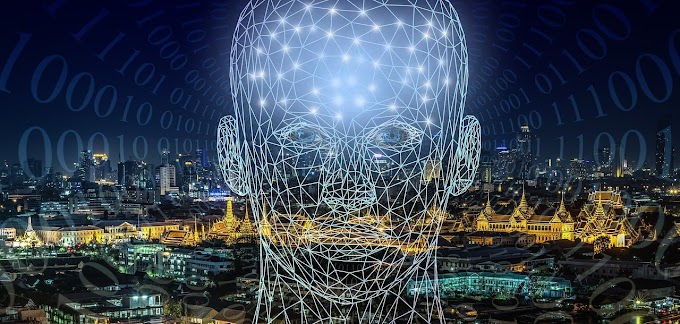Welcome to the AI Explained Hub, where we unravel the complexities of the digital realm, delving deep into the fascinating world of artificial intelligence (AI) and machine learning (ML). In this post, we address a common misconception: Are AI and Machine Learning the same? Let's embark on a journey to decipher the intricate relationship between these two pivotal domains.
Unveiling the Distinction:
AI, the Umbrella Term:
At its core, artificial intelligence is the expansive concept that envisions the creation of intelligent machines capable of performing tasks that typically necessitate human intelligence. Picture chess-playing computers, self-driving cars effortlessly navigating through traffic, or robots engaging in articulate conversations. AI is the overarching umbrella, encompassing a diverse range of methods such as logic, reasoning, and expert systems.
ML, the Powerhouse Technique:
Situated under the vast AI umbrella, machine learning emerges as a powerful technique. It involves training machines to learn from data and enhance their performance over time. Consider a self-driving car refining its ability to navigate diverse terrains and weather conditions by meticulously analyzing past driving experiences. ML employs statistical models, deep learning, and reinforcement learning to enable machines to learn and adapt without explicit programming.
Deconstructing the Components:
AI:
- Focus: Broad concept of intelligent machines.
- Methods: Diverse, including logic, reasoning, and expert systems.
- Goal: Mimic or surpass human intelligence across various domains.
ML:
- Focus: Training algorithms on data to learn and improve.
- Methods: Statistical models, deep learning, and reinforcement learning.
- Goal: Enable machines to learn and adapt without explicit programming.
Key Differences:
Scope:
- AI is broader, encompassing various approaches.
- ML focuses on data-driven learning.
Goals:
- AI aims for general intelligence.
- ML focuses on specific tasks and performance improvement.
Methods:
- AI employs diverse methods.
- ML relies on algorithms and data analysis.
In essence, AI is the "what," defining the overarching goal of creating intelligent machines. On the other hand, ML is the "how," providing the tools and techniques to achieve this goal by enabling machines to learn and adapt autonomously.
Bonus Insights:
Other Subfields:
Delving further into the AI landscape, subfields such as deep learning and natural language processing operate under the AI umbrella. These subfields utilize ML techniques for specific tasks, contributing to the overall advancement of artificial intelligence.
Are AI and Machine Learning the Same? With Examples"
AI and Machine Learning aren't synonymous but share a symbiotic relationship. AI is the broader concept, envisioning intelligent machines, while ML is the technique enabling machines to learn. Examples abound: AI powers virtual assistants like Siri, demonstrating natural language understanding. ML, in recommendation systems like Netflix, refines suggestions based on user behavior. Image recognition in social media, such as Facebook's ability to tag faces, showcases ML's pattern recognition. AI-driven autonomous vehicles use ML to adapt to diverse road scenarios. IBM's Watson exemplifies AI in healthcare, processing vast data for diagnostic insights. Together, they sculpt the future of intelligent technology.
Conclusion:
In conclusion, while AI and ML are not synonymous, they are intricately connected. AI sets the stage, outlining the vision of intelligent machines, while ML provides the means to realize this vision by empowering machines to learn and evolve. The synergy between AI and ML is a testament to the collaborative journey towards achieving artificial intelligence.








